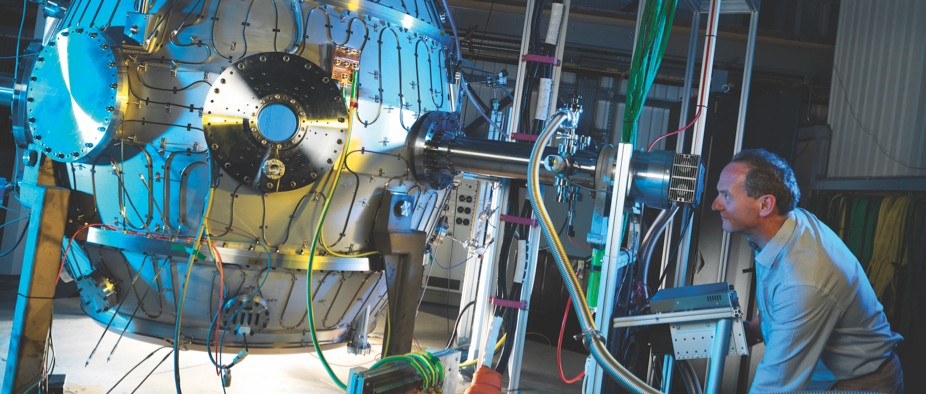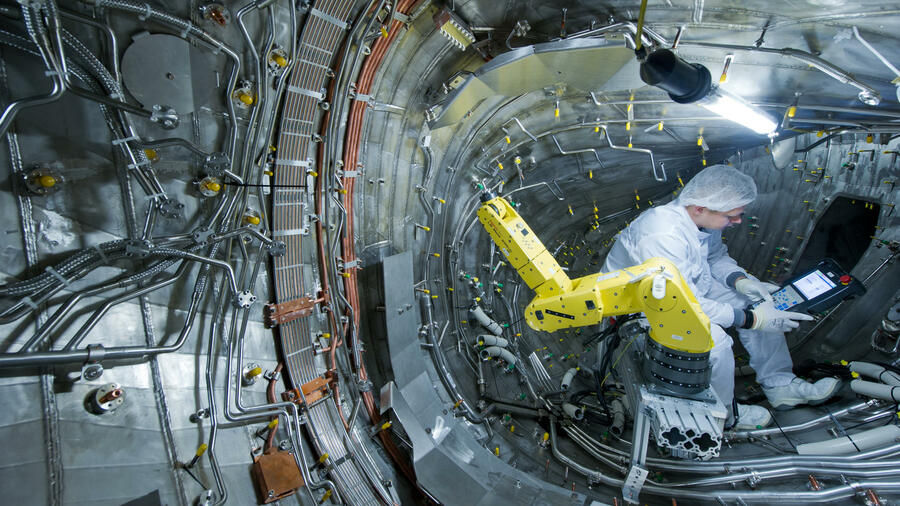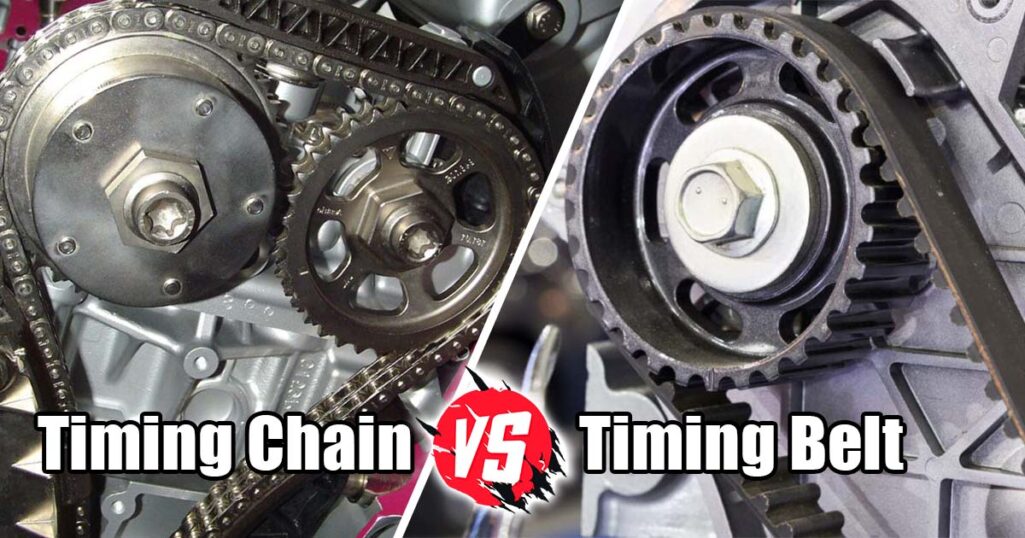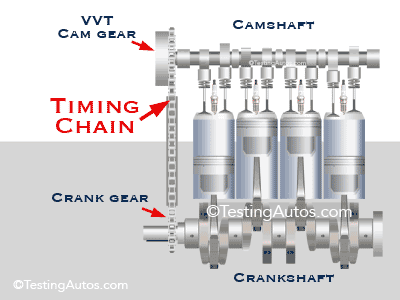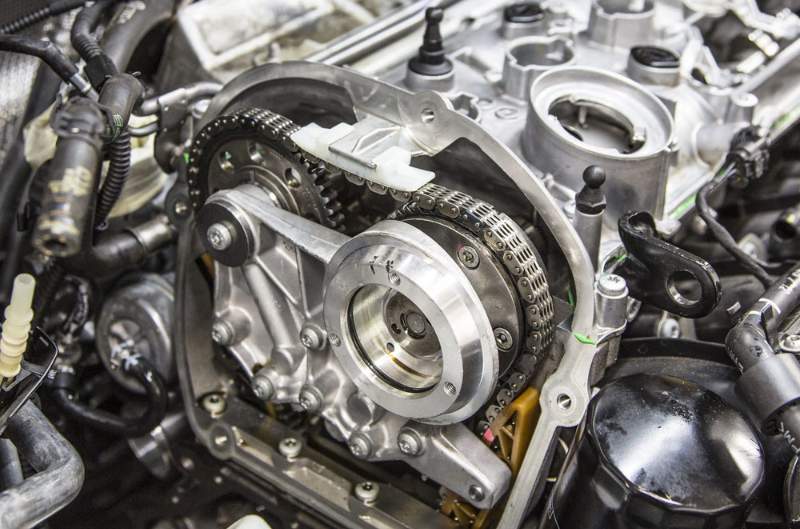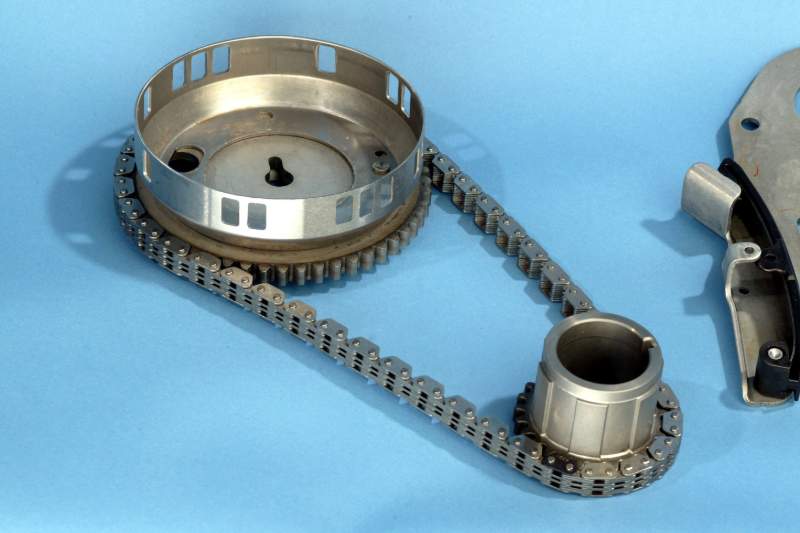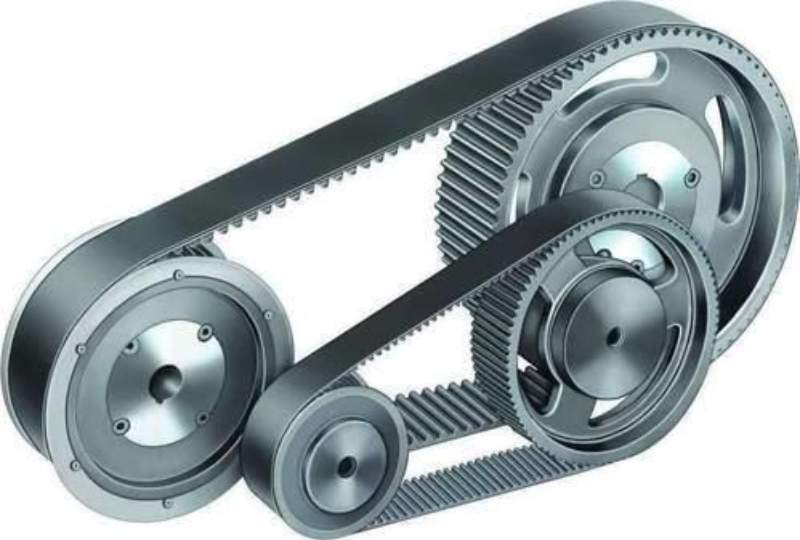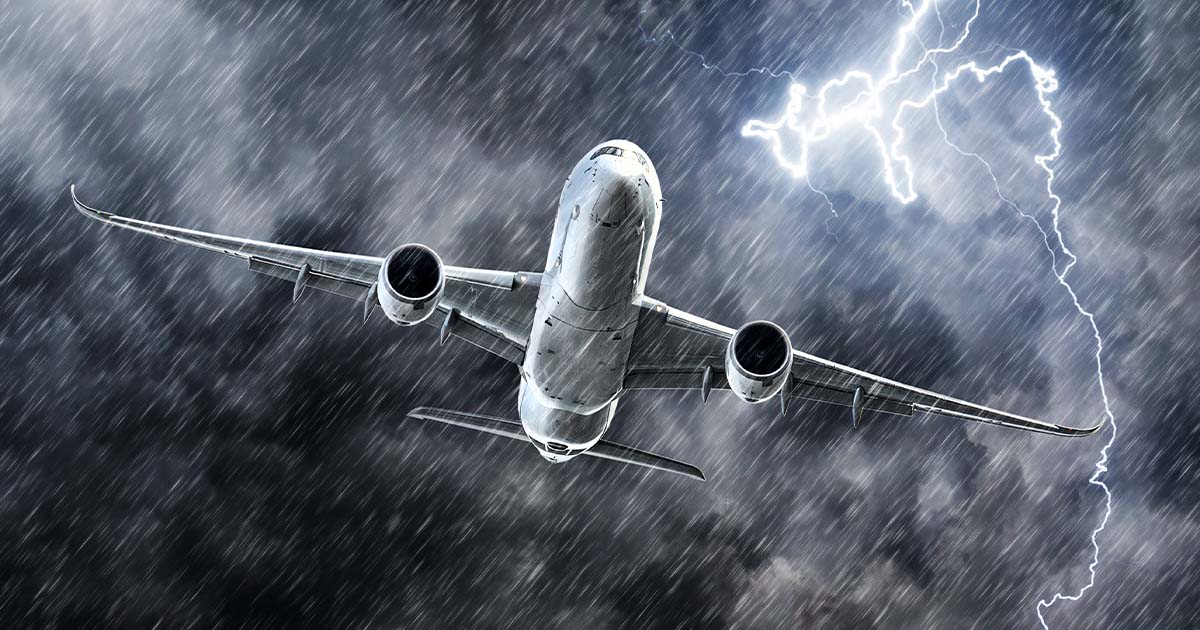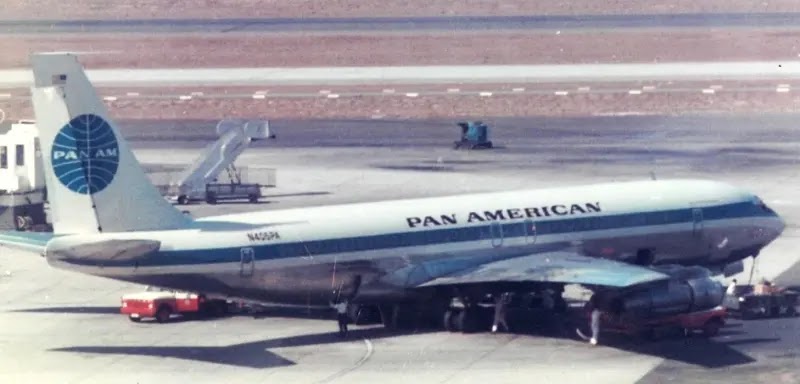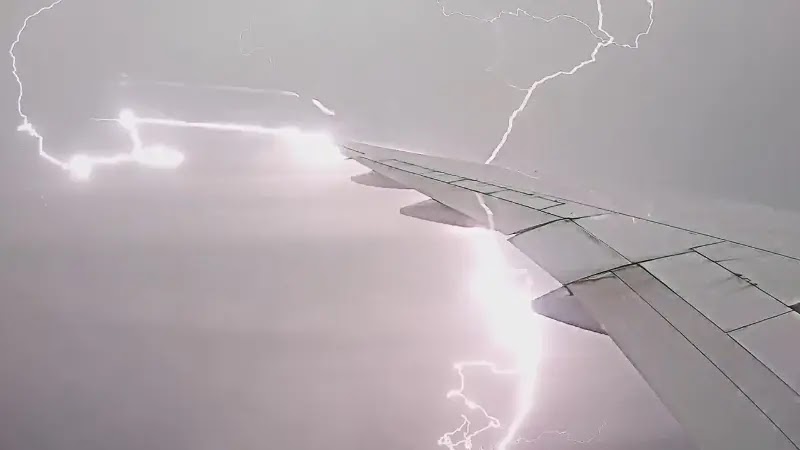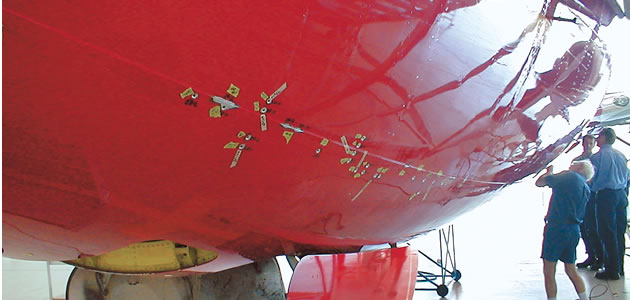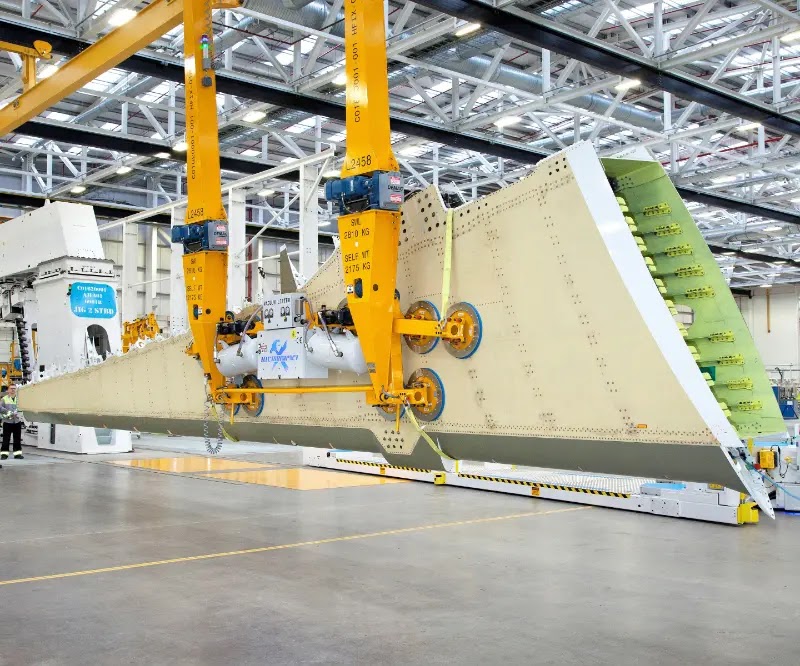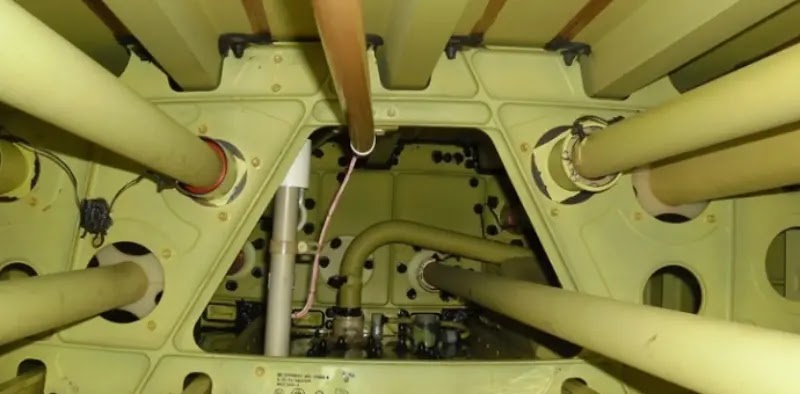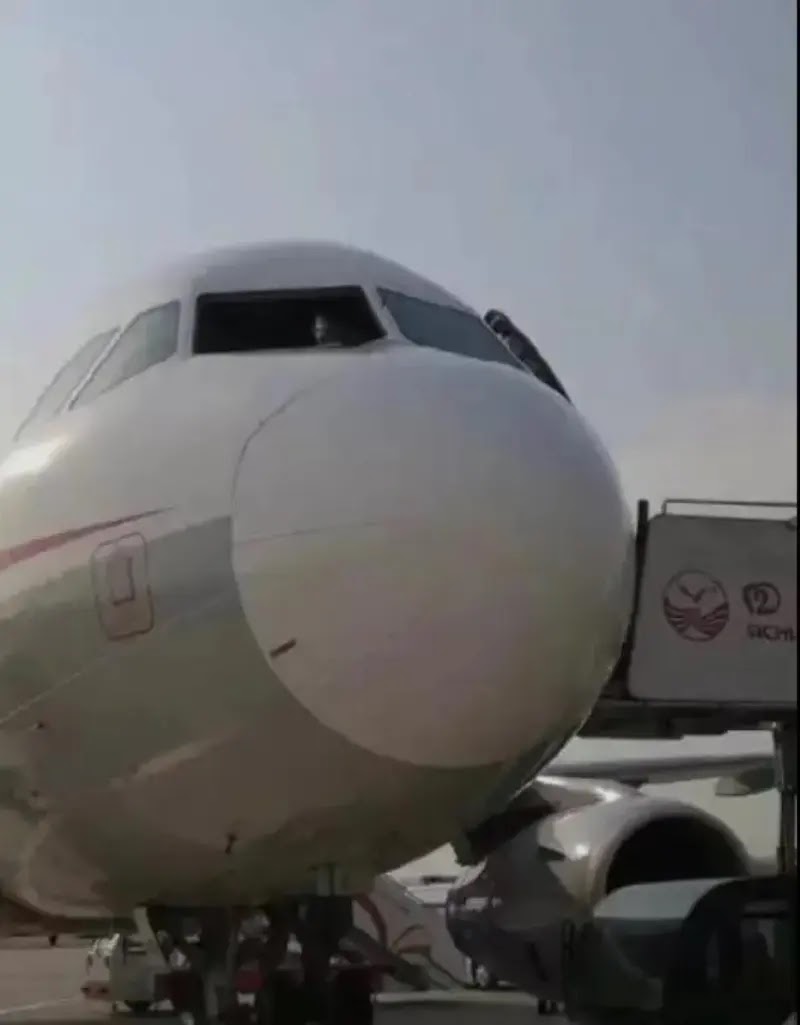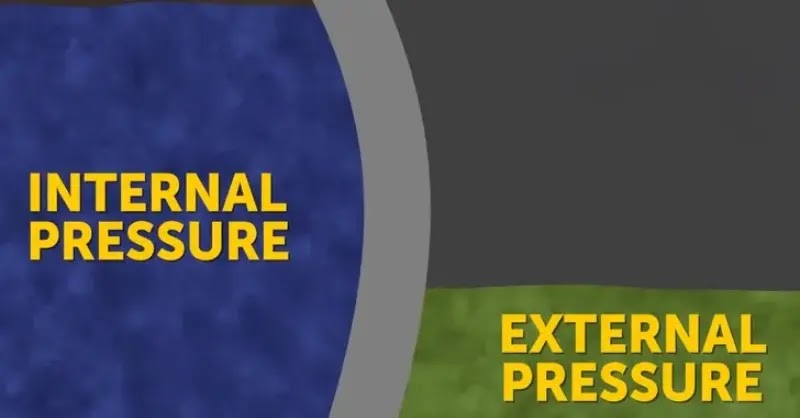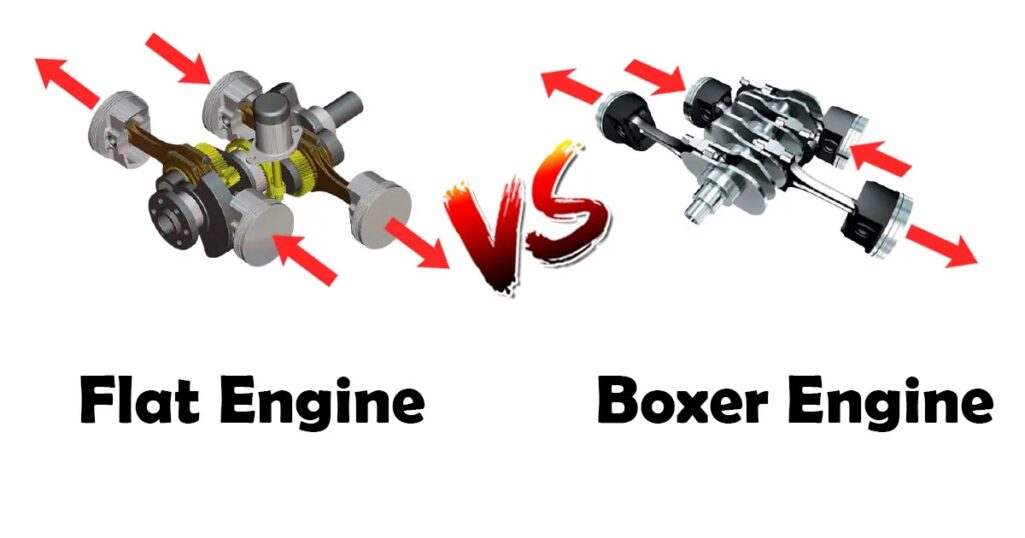
Flat engines are horizontally opposed piston engines. This concept was first introduced in 1897 by German engineer Karl Benz. The most common and popular type of the flat engines is known as the boxer engine.

There is a big misconception when talking about flat engines and saying it’s the same as boxer engines. All boxer engines are actually flat engines, but not all flat engines are boxer engines.
This misconception is deep to the point that in 1973 Ferrari produced the famous Ferrari Berlinetta Boxer. Reading the name, you would say that this is a boxer engine-powered car, but the truth is that it involves a flat 180° V12 engine that is again not a boxer engine.

So what is the difference between a flat and a boxer engine?
A flat engine is actually a 180° V engine that works similarly to any other V engine. Each pair of pistons share the same crankpin, so one is in stroke 1, and the other is in stroke 2. While in boxer engines, each pair of pistons are connected to different crankpin, so they are mirroring each other.
The Flat 180° V engine
The flat engine is from its name is completely flat. It is the same as the V configuration engines but with a 180° angle between the cylinder banks.
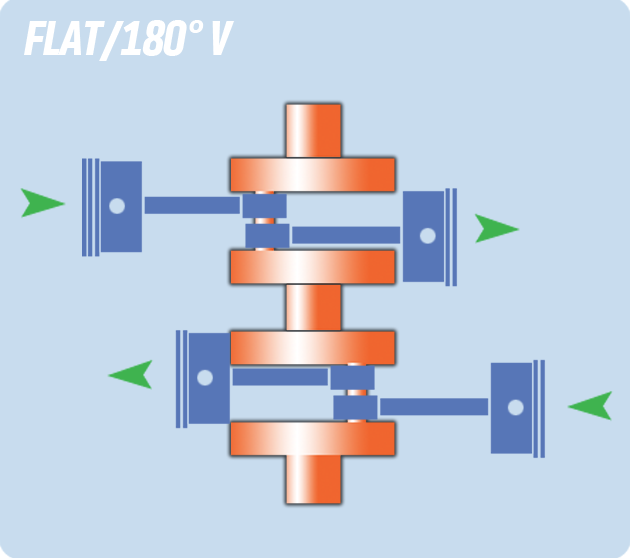
The two opposing pistons will be moving in the same direction, but one is compressing, and the other is combusting. One piston will be at the top-dead-center, and the other will be at the bottom dead center.
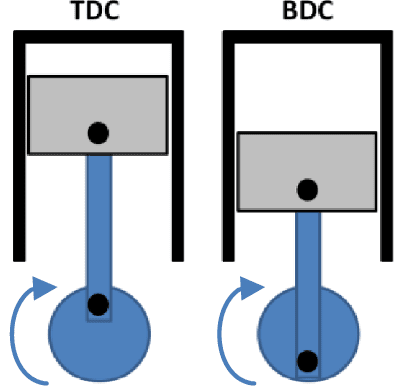
Take a look at the following animation, so it makes more sense:
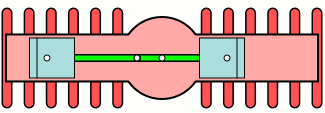
This motion is caused by having each pair of connecting rods to be mounted to the crankshaft with the same crankpin.
The Boxer engine
Coming to the boxer engine, it is again a flat engine but with a different configuration. It is the most common and most produced type of flat engines. It is still being produced and developed by Subaru and Porsche.
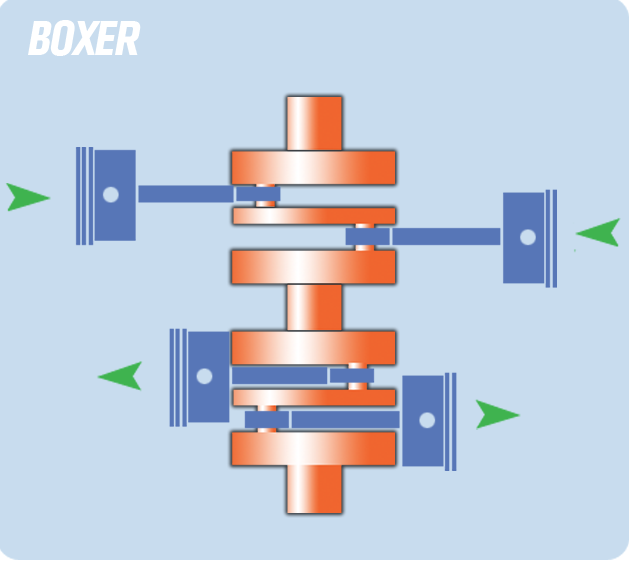
This type of engine has each pair of opposing piston connecting rods being mounted to the crankshaft using different crankpins. This simple modification will create a completely different type of motion compared to the non-boxer flat 180° V engine.
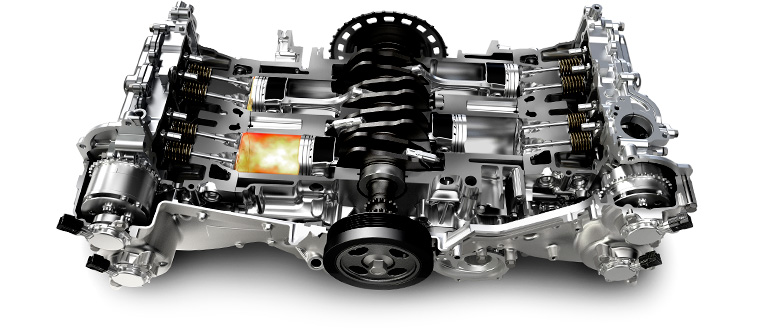
In the boxer engine, each opposing piston will be doing exactly the same stroke. They are actually mirroring each other. When the left piston is compressing, the right will also be compressing; when combusting, the second will also be combusting, and so on.
Take a look at the following animation to understand better:
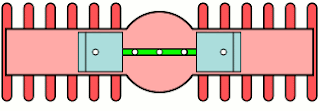
This motion is caused by having each pair of connecting rods to be mounted to the crankshaft but through independent crankpins.
What are the advantages of flat engines?
Let’s focus again. When we say flat engines, we mean any engine that is flat, whether it was a boxer or non-boxer.
- Lower center of gravity: Having a more flatten than tall shape ensures a better placement of the engine and better handling of the car.

- Safer: Having the engine mounted down in the engine bay will reduce the risk during an accident, and the engine will drop down the passenger’s compartment rather than crushing into it.
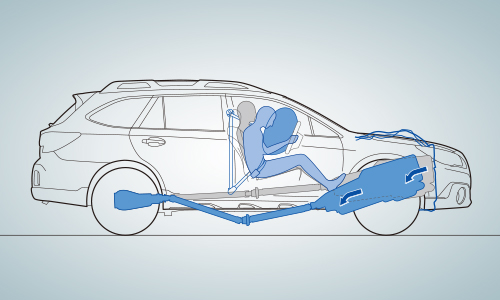
- Higher performance: Flat engines are known due to their configuration to have a better power transmission from the engine and having a better fuel economy.
Why the boxer?
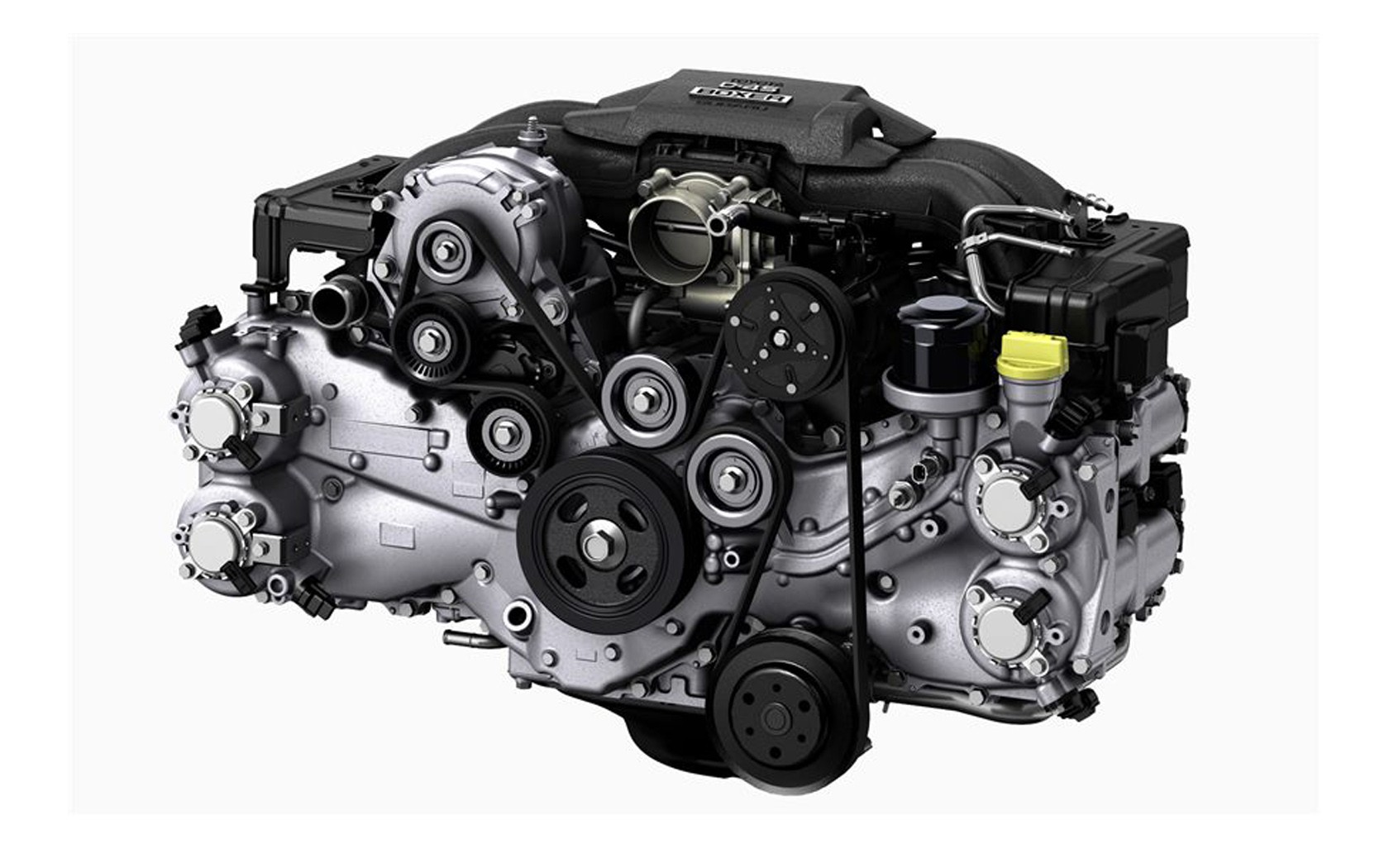
Flat engines are not the perfect engines. They also have some disadvantages. They are complex to design, and maintaining them is harder compared to conventional V’s.
While choosing between a simple flat engine and the boxer engine, there are two main points to consider: cost and vibration/balance.
From a production perspective, the simple non-boxer engine would cost less to be produced since the pistons are connected to the same crankpin. So less crankpins produced, and simpler manufacturing process. Yes, this might not be a big issue, but it’s a fact that boxers cost more.
The second point is that the boxer engine’s motion has a great benefit to the engine’s overall performance. This boxer type of motion that resembles a real boxer punching with his gloves, dramatically lowers the vibration and cancels out forces.


This is why we are having more boxer engines being produced and developed in new car models.
Conclusion
To wrap it up, flat engines are not boxers, but boxer engines are flat!


